This is a continuation of last week’s article where I cite a book, “The Dangerous Truth About Today’s Marijuana,” by Laura Stack and, with permission, tell the story of one of my clients who developed Psychosis after using Marijuana concentrates called Dabs.
I recently spoke to my client again about telling her story. She told me “tell it, if it helps someone else, it’s worth it.” My client has recovered from her “Substance Induced Psychosis” but continues to have difficulties with the aftermath of her six month long psychosis. She now suffers from shame, guilt, and social anxiety. She’s lost friends who witnessed her delusional behaviors and family whom she hurt and who thought she was “just crazy” and should snap out of it. She is just beginning to figure out how to face them or to explain what happened while she figures that out.
My goal is to educate, to some extent, parents, friends, and family of people who use, or who do use, Marijuana products. What are Marijuana Products? Well, it’s not about joints anymore. “Have you ever heard of Dabbing? No, not the hip-hop dance! “Dabs” are extracted concentrates of tetrahydrocannabinol or THC, the chemical (cannabinoid) in Marijuana that makes users “High.” There are several ways besides Dabbing that high-potency Marijuana is delivered. They are: Smoking (up to 40% THC), Eating (edibles such as candy, brownies, butter) beware of the serving size as a candy bar could contain 1,000 mg or more of THC, Vaping (such as oil and distillates) using a vape pen, the finished product can be anywhere from 15% to 99% THC, and Other products (such as THC-infused soda, tampons, suppositories, toothpicks, etc.).” (pgs 29-30) And I thought cinnamon infused toothpicks were the bomb. I can’t imagine what some of these “everyday” products could do to your system.
What you need to know is “A dab is no longer a plant. Dabs aren’t natural; they are CHEMICALS.” (pg 30)
“Researchers in a joint study from the University of Michigan and Brown University found higher potency Marijuana to be more addictive that lower potencies. They found that regular pot users who first tried Marijuana when the national average THC level held at 4.9% had almost twice the increased risk of developing symptoms of cannabis use disorder within a year. In a nutshell, Marijuana harms adolescents in these ways: marijuana dependence, decreased IQ scores, increased risk of addiction with higher potency, increased odds of using other drugs, death from throwing up, more likely to drop out of school, possible psychosis/schizophrenia, decreased fertility rates, lower motivation to do things, possible paranoia, health damages, and poor driving skills.” (pgs 33-34) On top of all of this there are withdrawal symptoms that look more like the flu or migraine headaches rather than withdrawal. With teenagers how can you tell the difference? Well, you can’t unless you are drug testing your teen and not many parents want to do this. Just know you can go to your local pharmacy and get a drug testing kit.
When I have a parent call for an appointment for their child one of the first questions on my intake forms is, “Do you engage in recreational drug use?” Many parents answer this for their children and the answer is most likely “No.” Denying Marijuana use can lead a therapist to address the child’s issues from a different perspective which doesn’t benefit them. Teenagers might have many of the symptoms listed above but without the verification that they use Marijuana; a therapist might diagnose Major Depressive Disorder (MDD) instead of Cannabis Use Disorder and treat it accordingly. It’s up to parents to make sure that information about their children is accurate but if they are good enough at hiding it, parents may not suspect that their attitude, oppositional behavior, flu like symptoms, lack of motivation, and trouble with getting their school work done and grades up has anything to do with smoking or using Marijuana. The pot of our day (60’s to 80’s) is not the pot of today. It’s dangerous and that’s the truth.
Cited: Laura Stack. "The Dangerous TRUTH About Today's Marijuana." Warrenton, VA: Freiling Publishing, 2021.



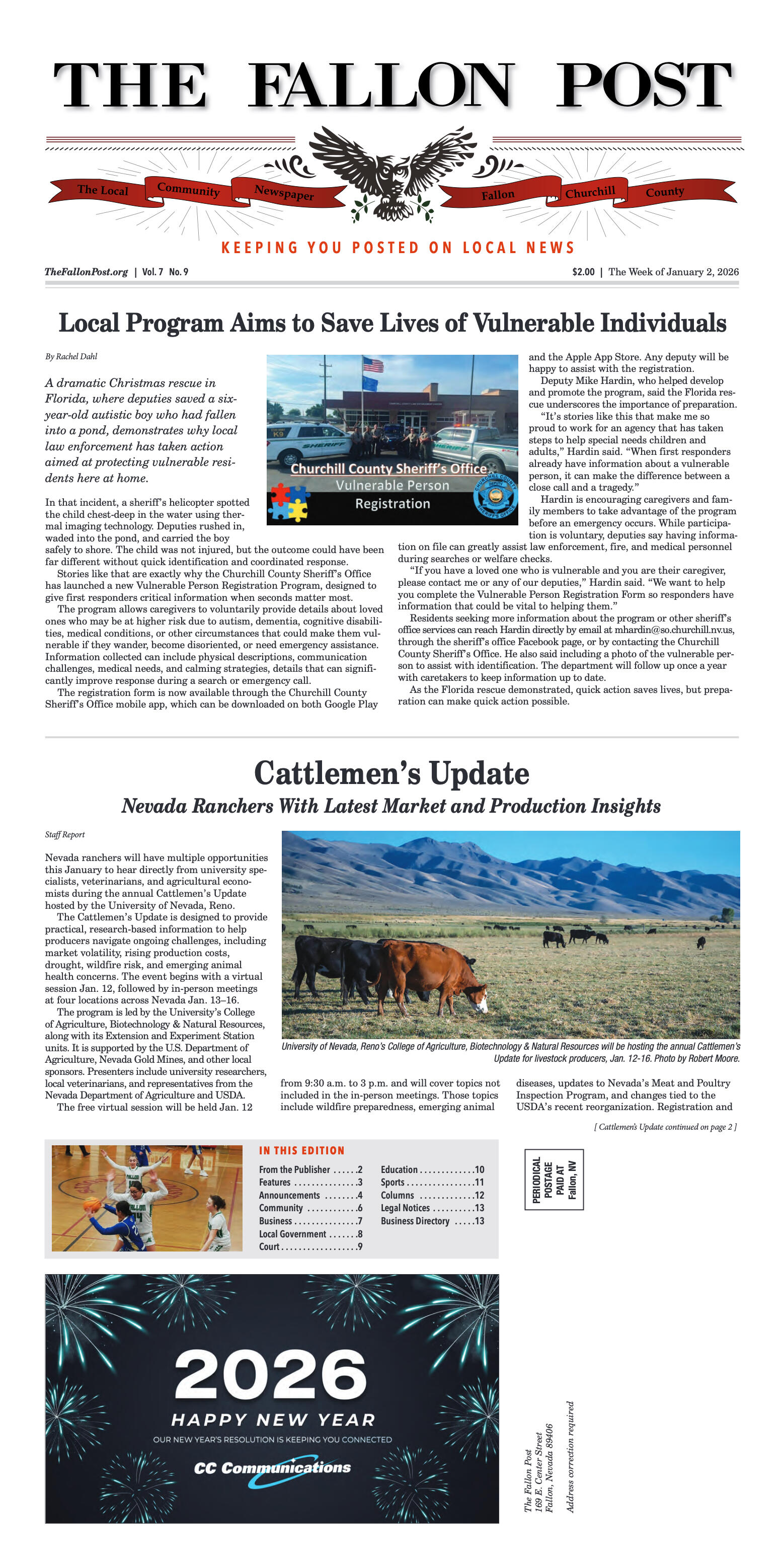
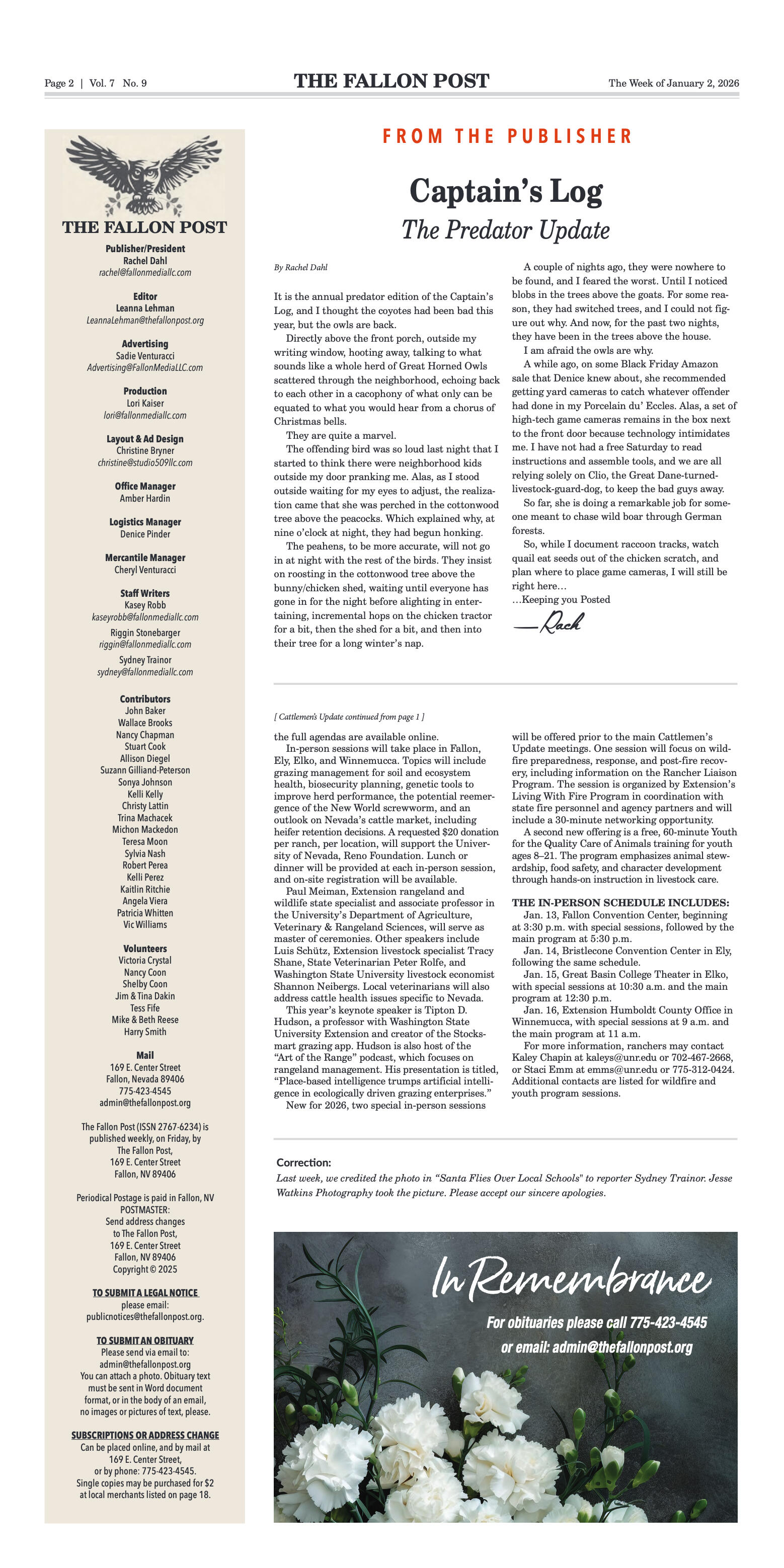
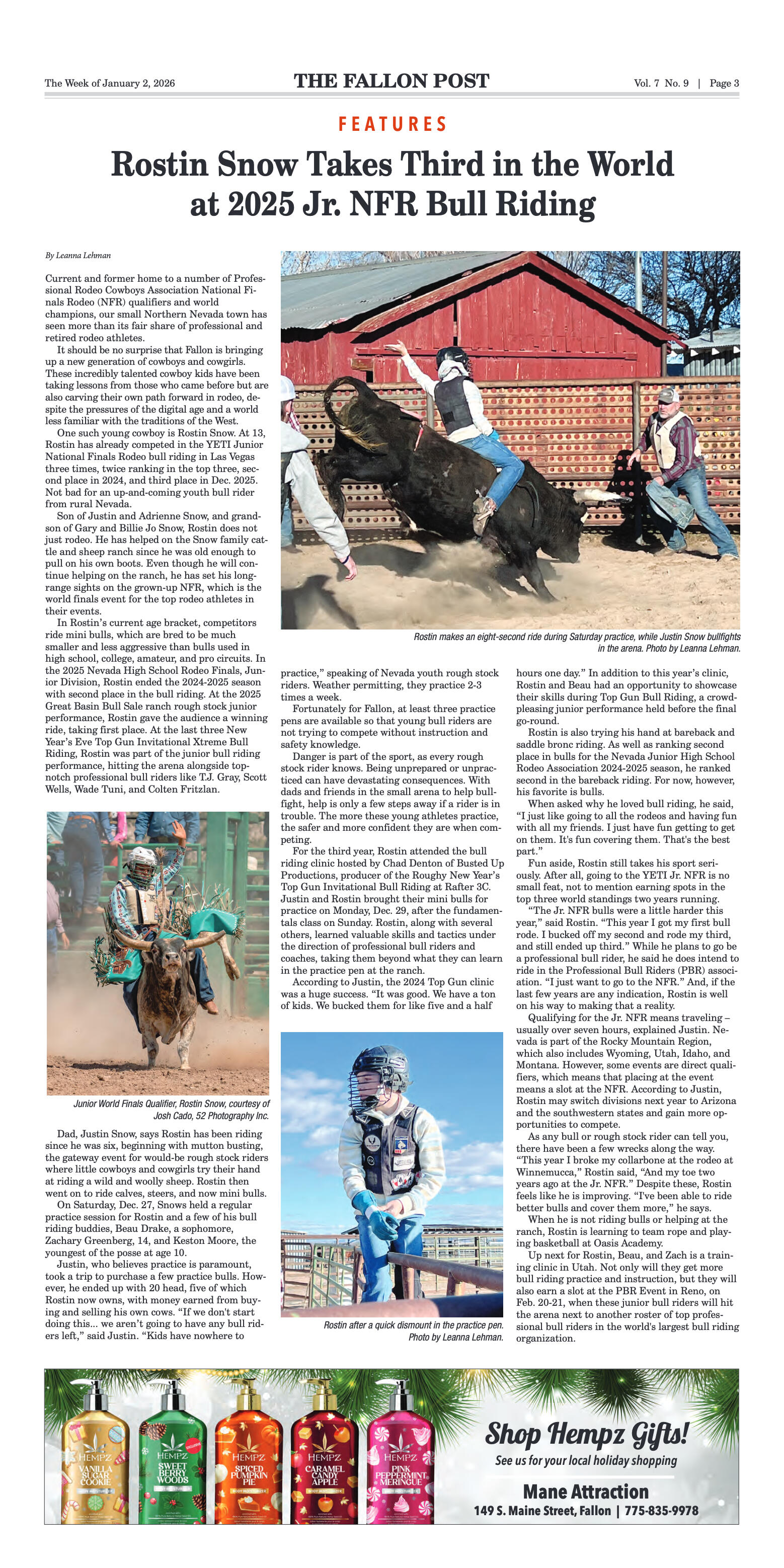


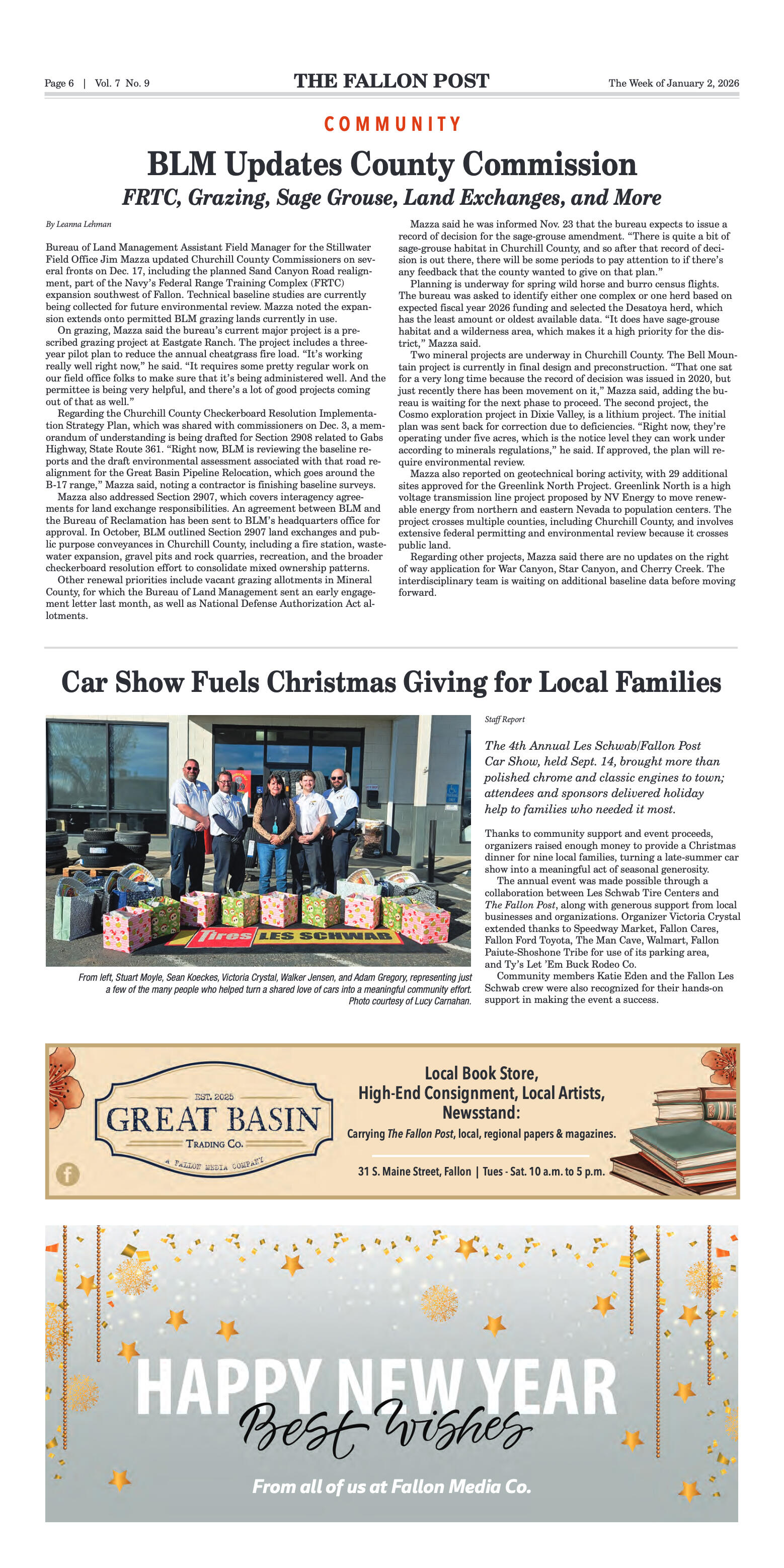
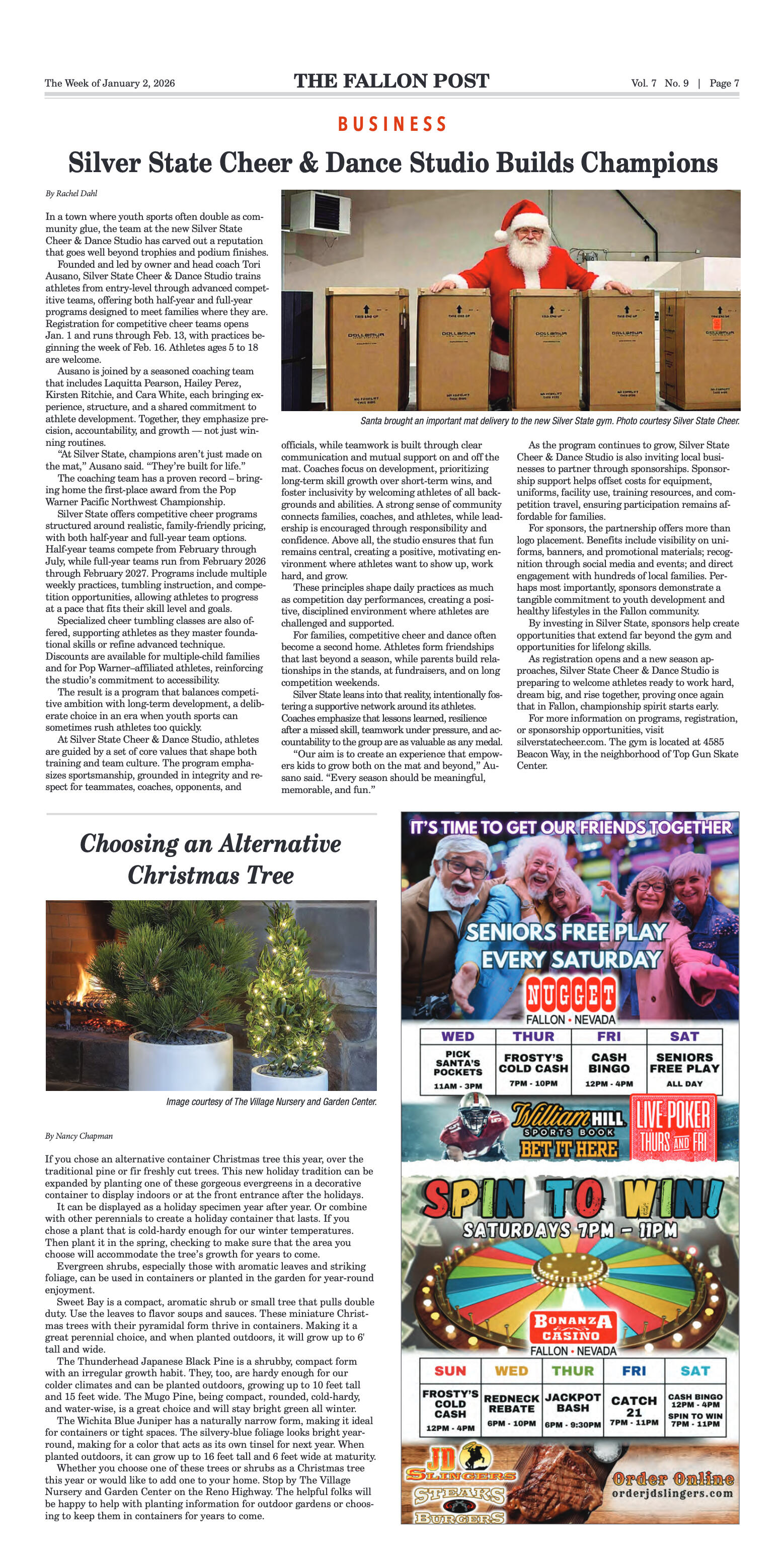
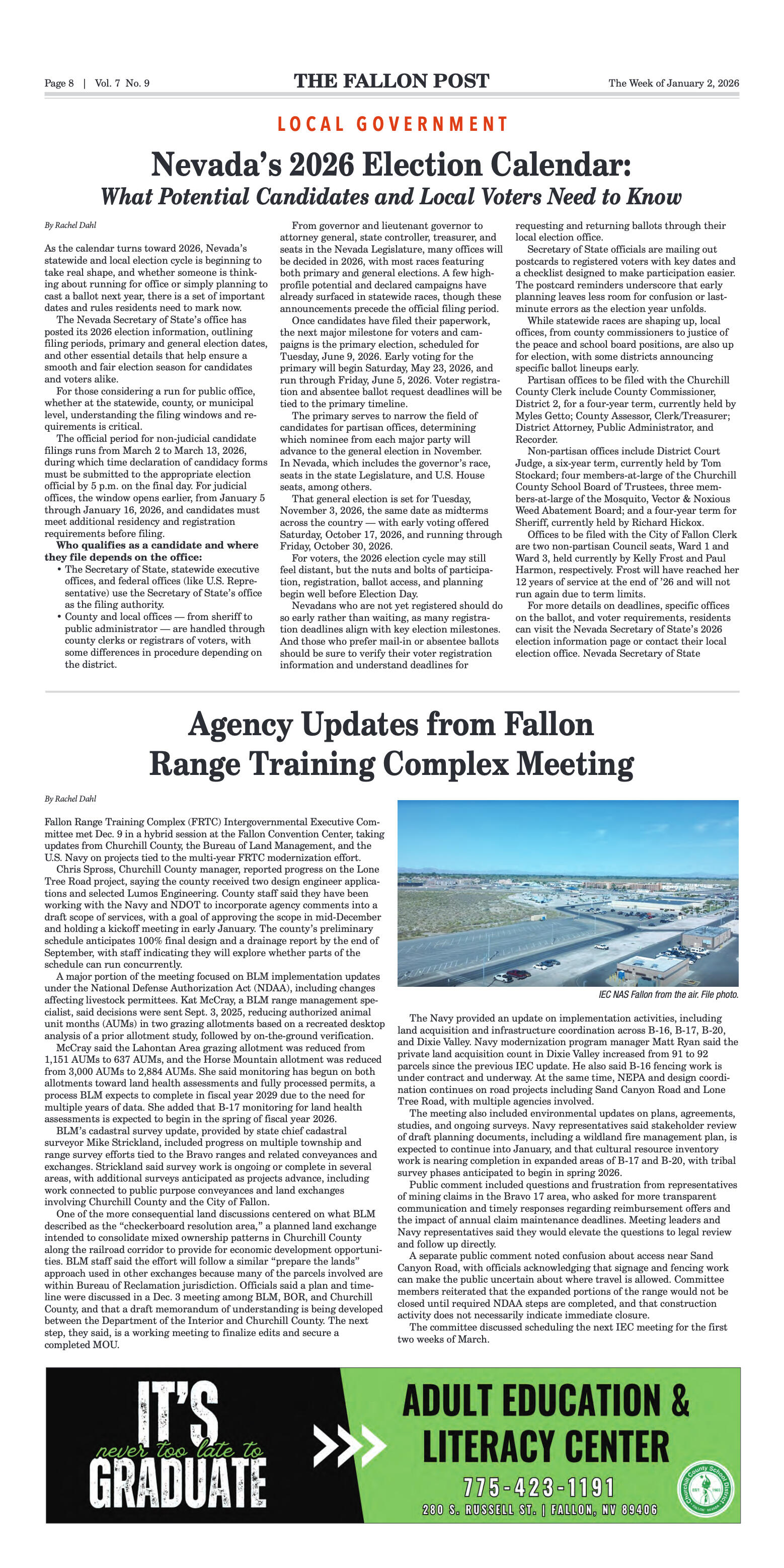
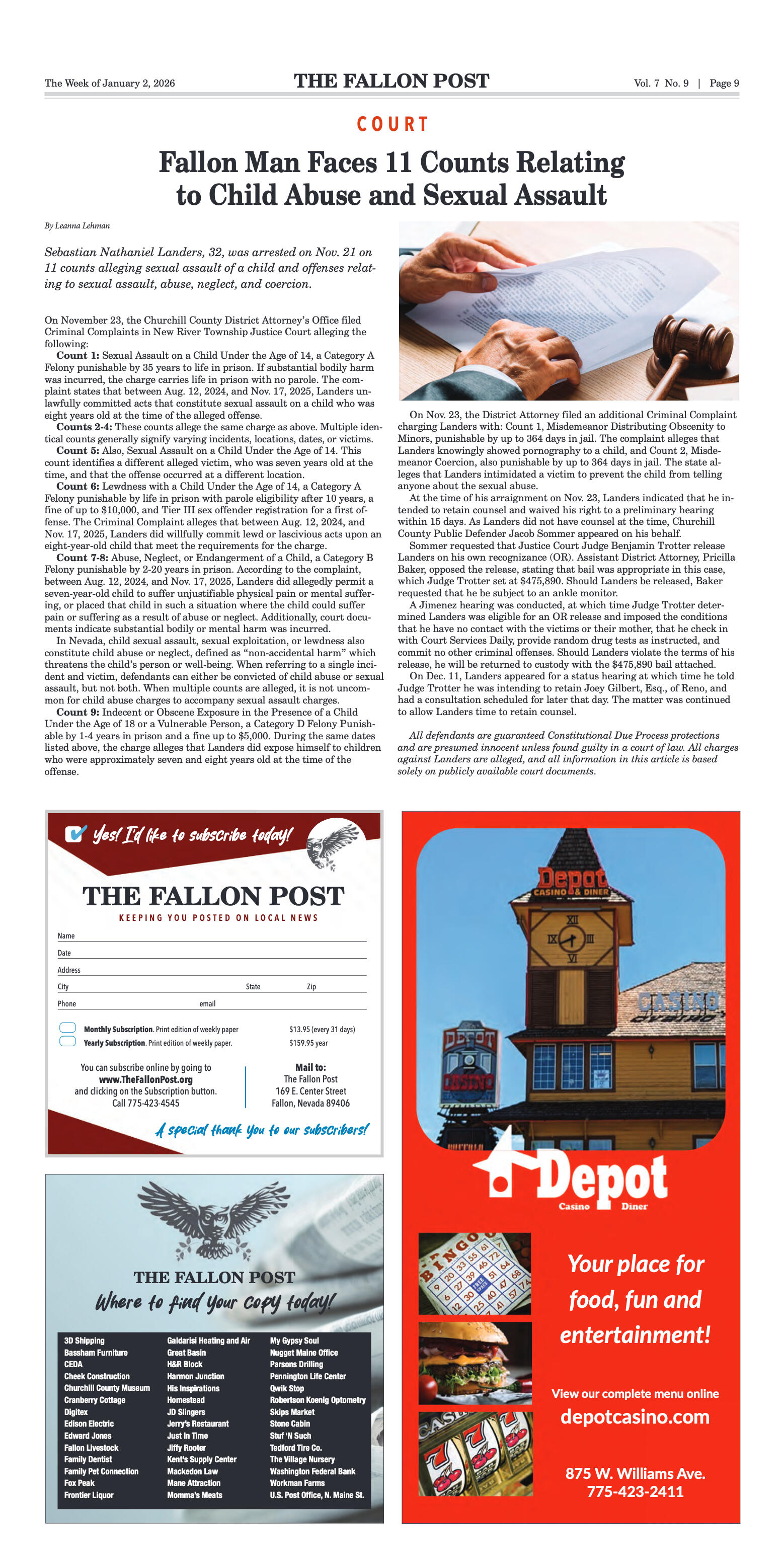
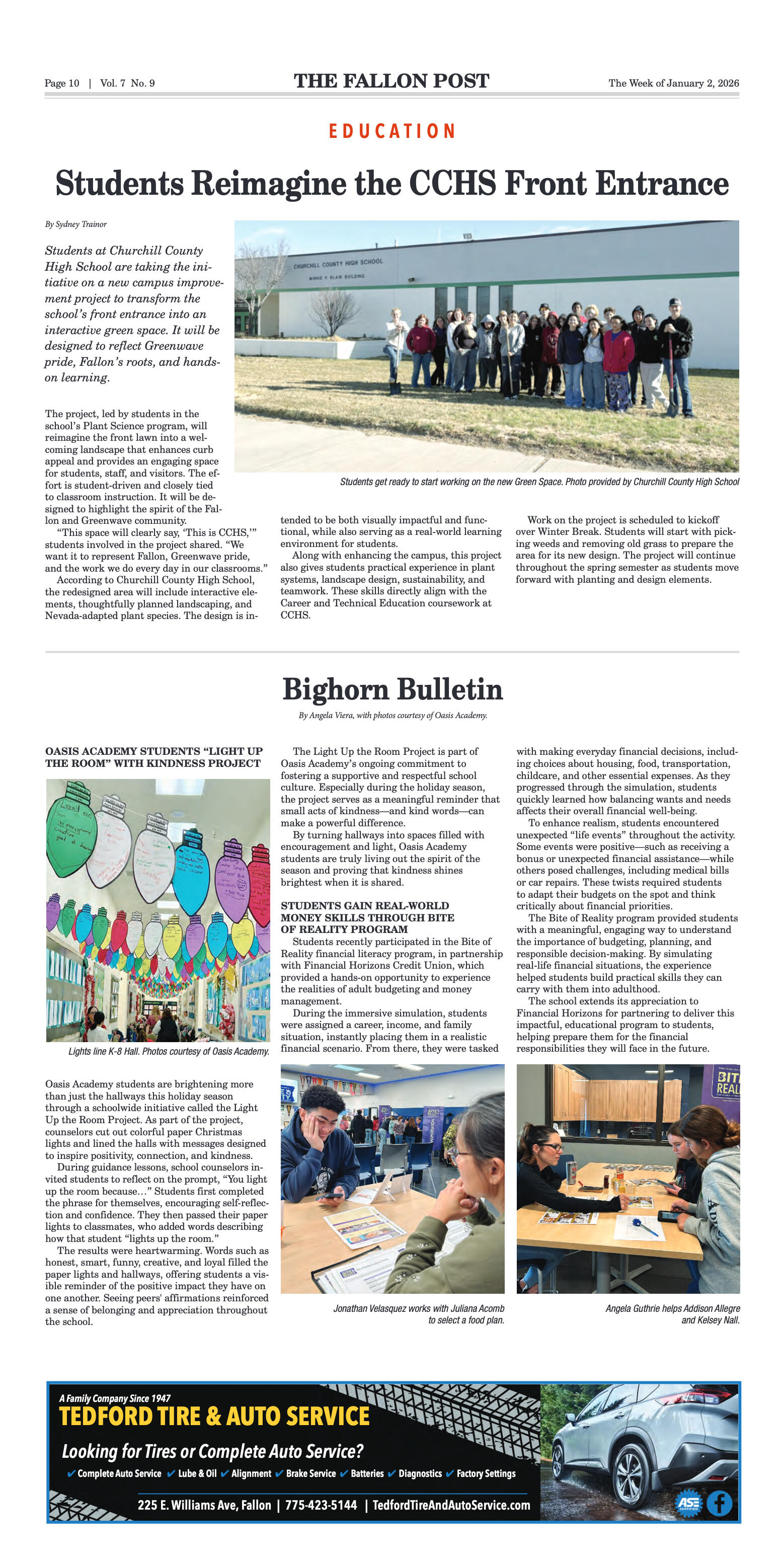
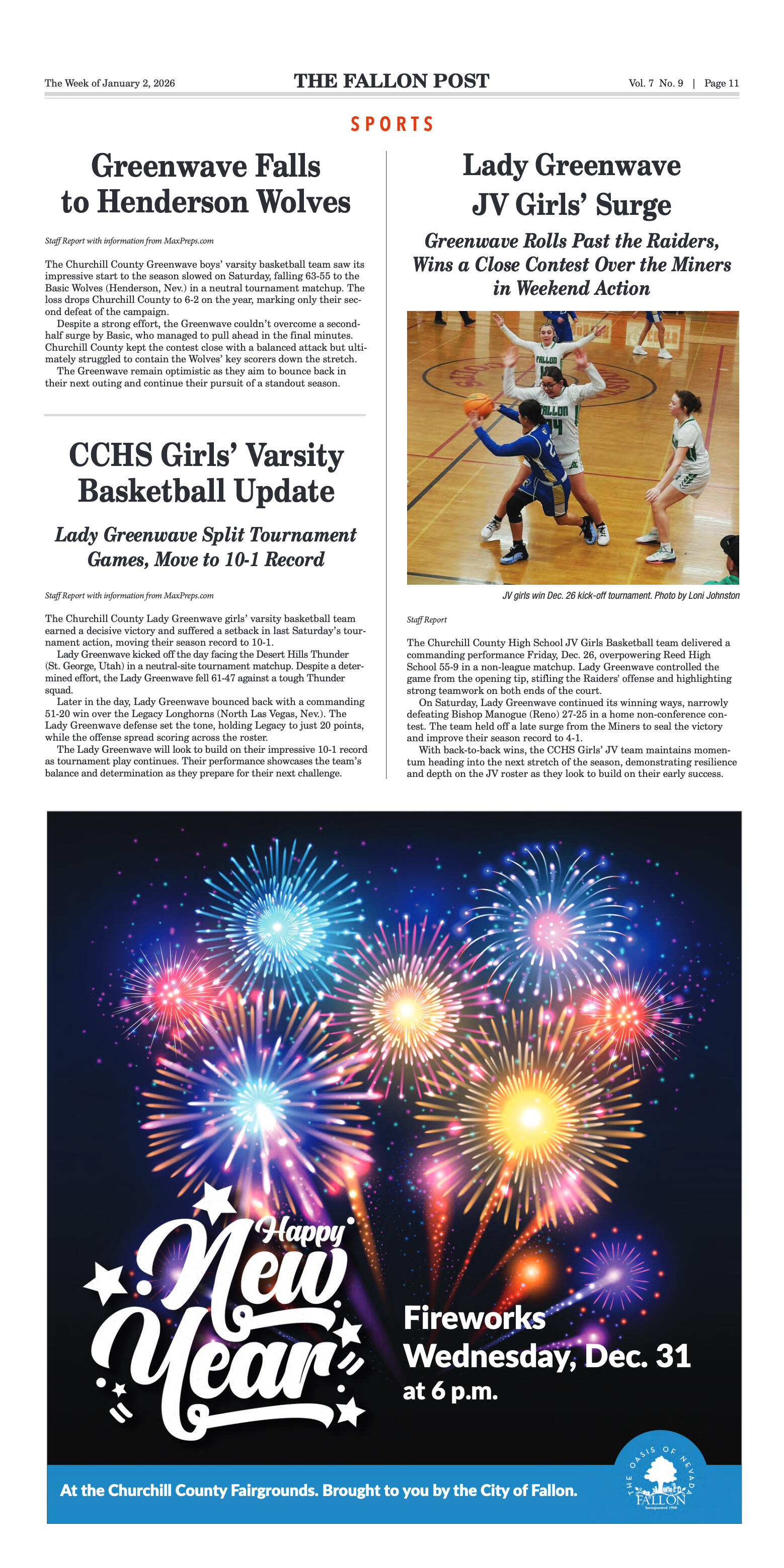
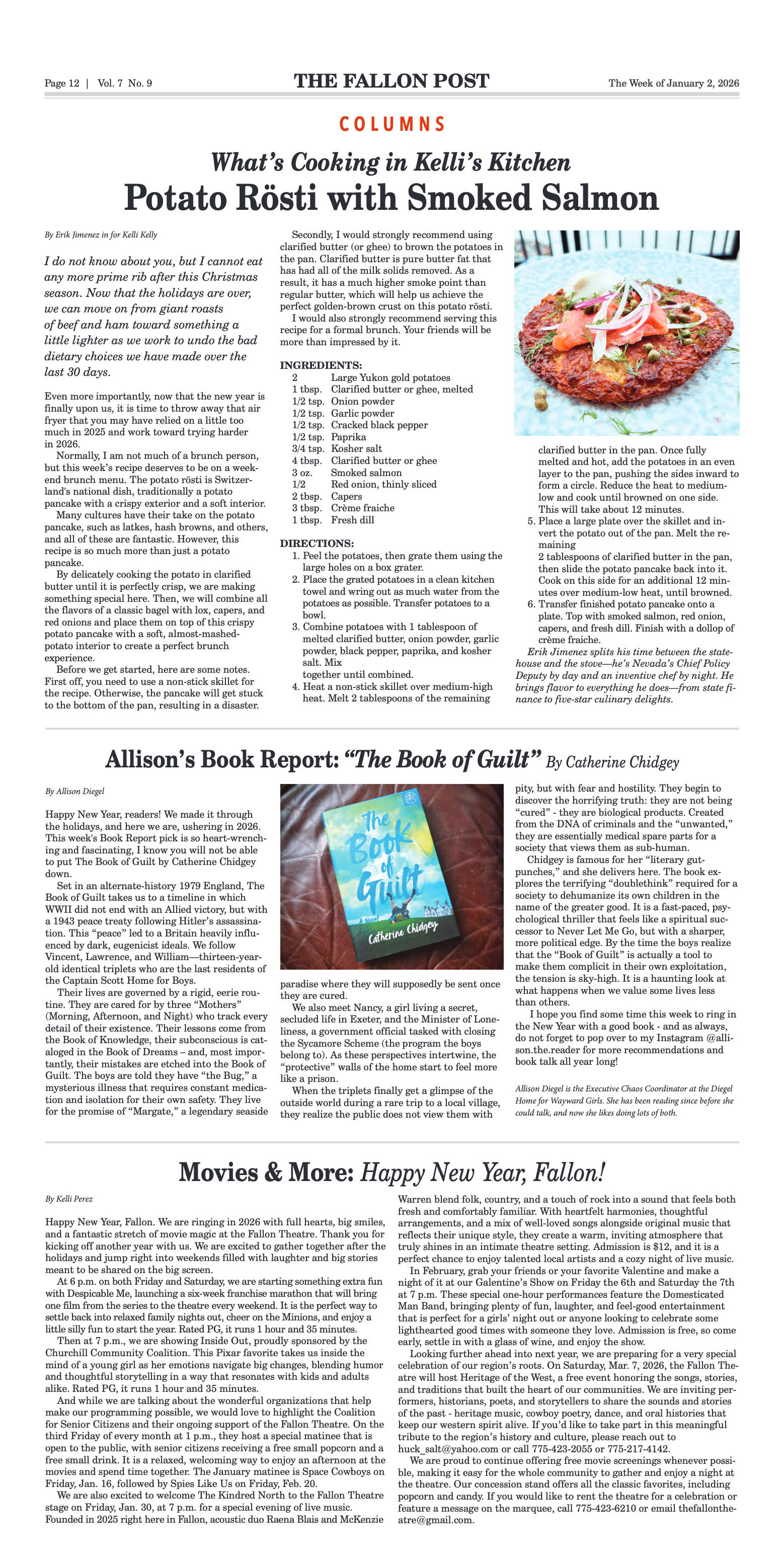
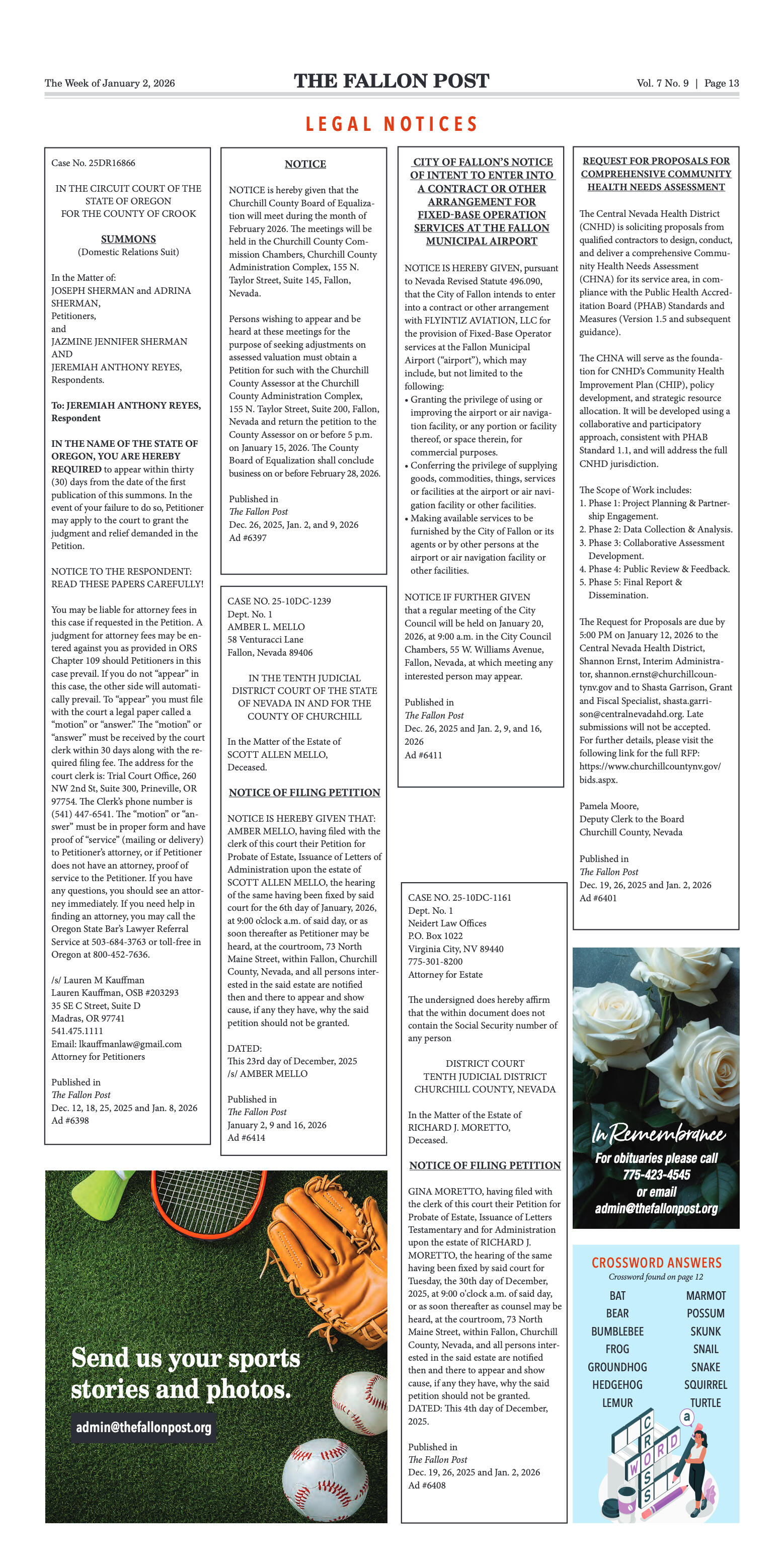
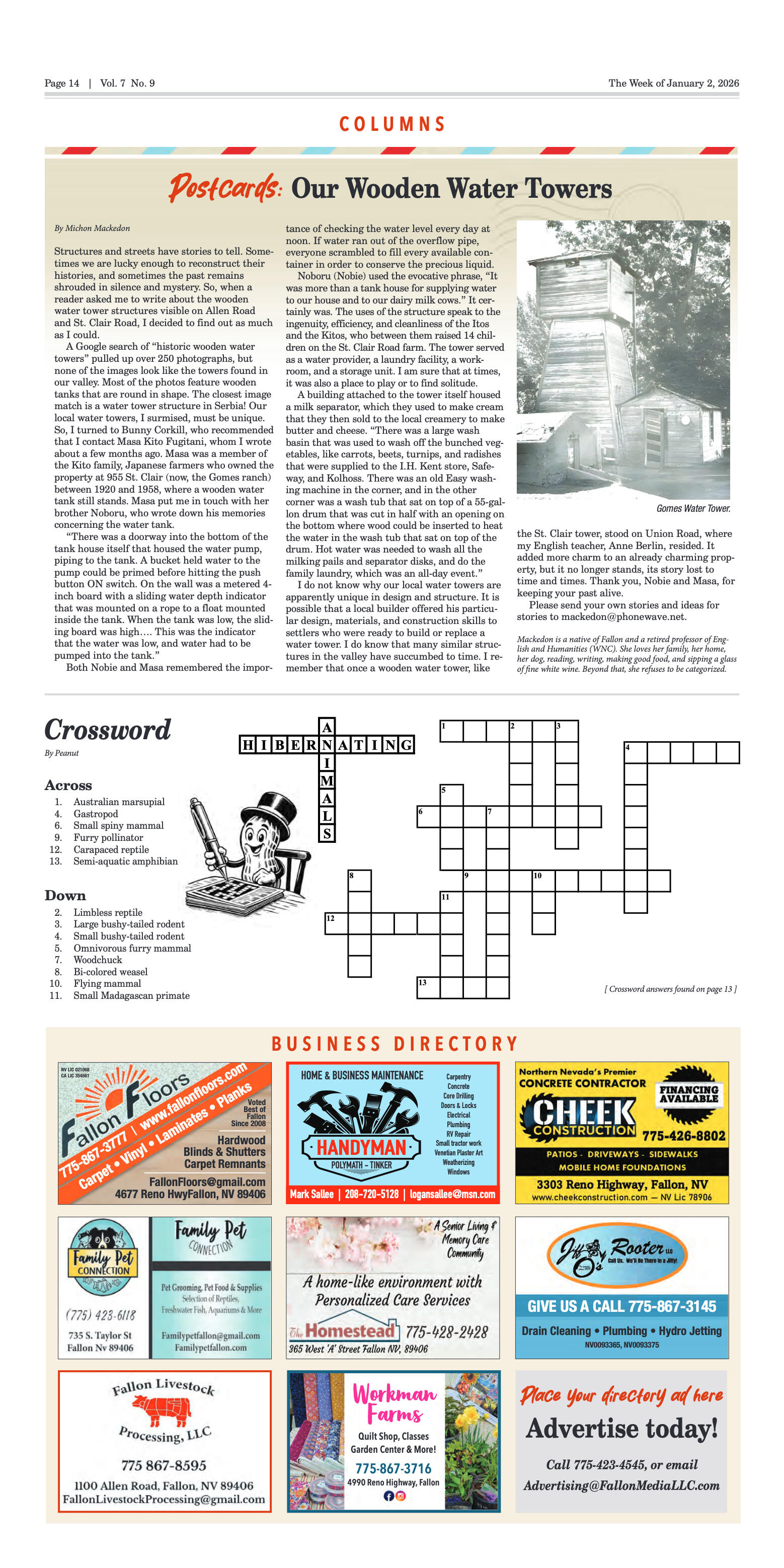

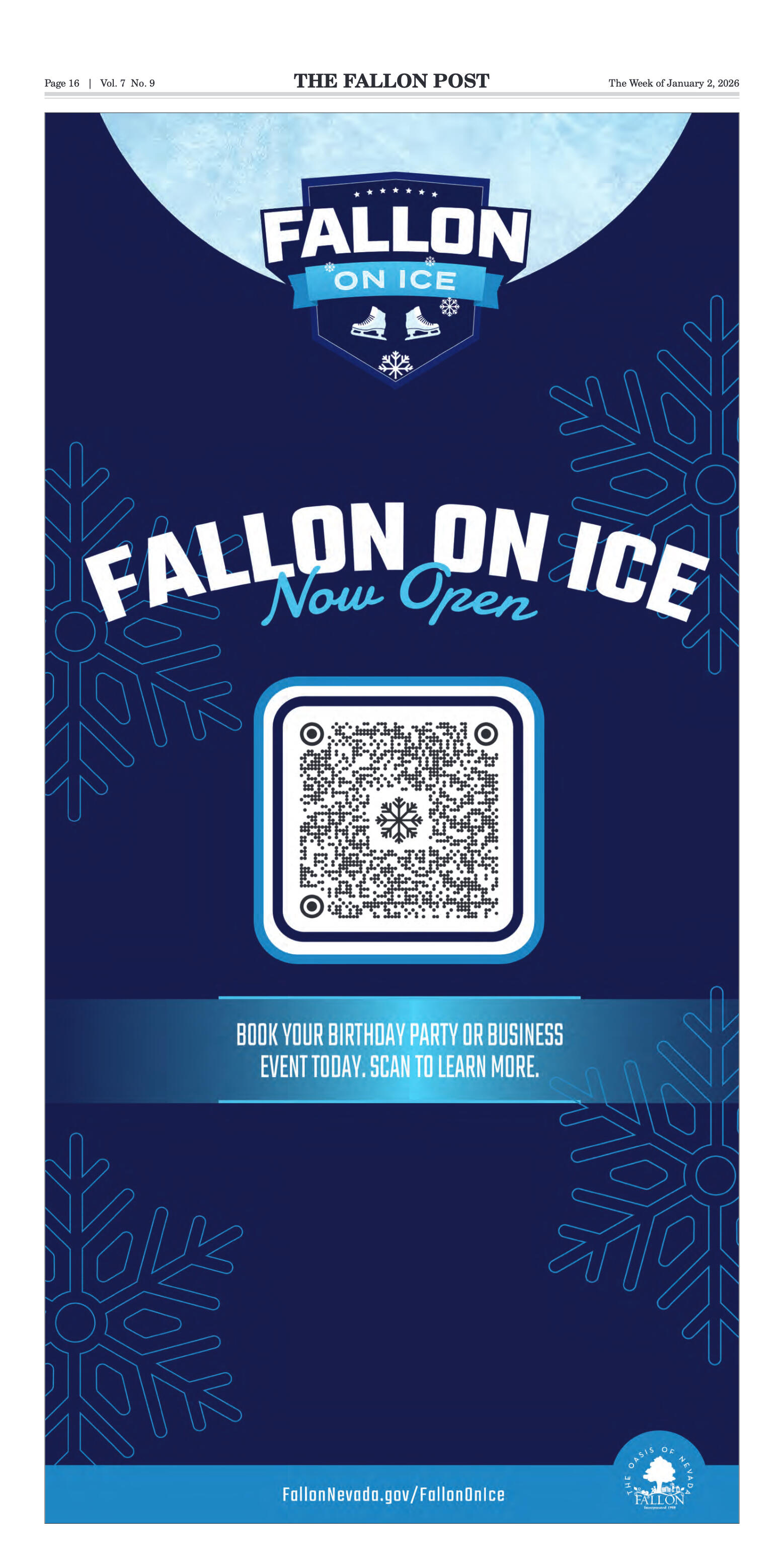

















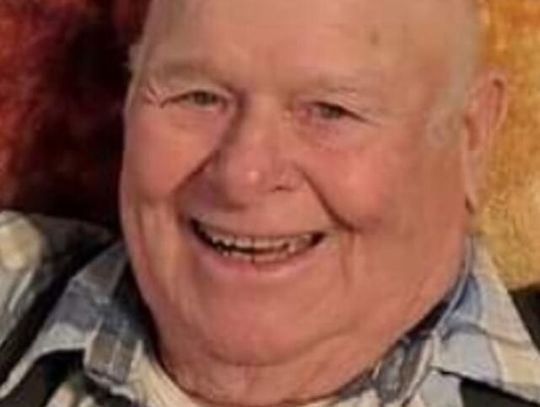
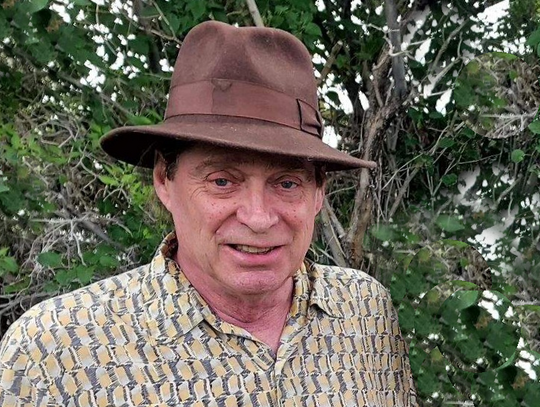

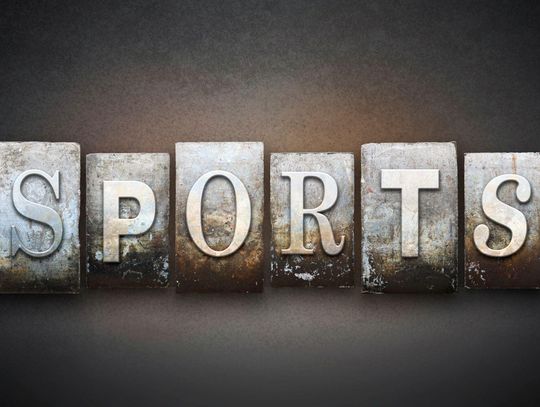

Comment
Comments